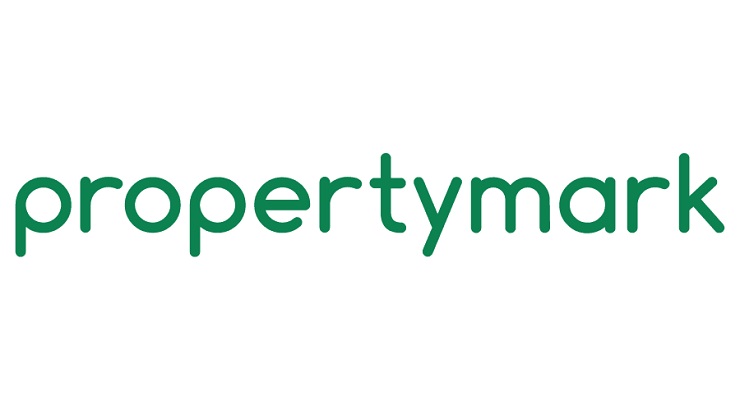What it takes to make real estate development financing work
By Daniel Austin, CEO and co-founder at ASK Partners
Securing financing for real estate development has become an uphill battle. With interest rates still elevated, inflation pushing construction costs higher, and planning delays introducing further uncertainty, developers face a challenging environment. Traditional lenders, constrained by regulatory pressures and rising risk aversion, have scaled back, creating a financing gap that only sophisticated private credit providers are stepping in to fill.
The perfect storm: why developers are struggling to get financing
Several compounding factors are making it increasingly difficult for developers to access funding:
- Rising debt costs: Higher interest rates have made traditional bank loans more expensive, squeezing margins and challenging project viability.
- Tighter lending criteria: Banks and mainstream lenders are becoming more cautious, pulling back on financing for projects with perceived risks.
- Inflation and construction cost volatility: Fluctuations in material and labour costs complicate budgeting and forecasting, deterring conventional lenders.
- Planning and regulatory bottlenecks: Lengthy approvals and growing local opposition cause delays, adding uncertainty and financial strain.
- Maturing debt pressures: A wave of existing loans requires refinancing, but with banks retreating, developers are left scrambling for alternative funding.
How private credit is stepping in
Amid these headwinds, private credit providers with deep real estate expertise are increasingly stepping in. Unlike traditional banks, these lenders offer flexible, tailored solutions, drawing on sector-specific knowledge to assess and de-risk projects more effectively. Many are backed by high-net-worth individuals, family offices, and institutional capital, allowing for innovative financing structures. The growth of private credit has been remarkable. Global assets under management reached approximately $1.5 trillion at the start of 2024, up from $1 trillion in 2020, and projections suggest this could climb to $2.6 trillion by 2029 (Source: Preqin). This surge highlights the sector’s rising importance in filling the gaps left by traditional banks, especially during times of economic uncertainty.
Once perceived as an expensive last resort, private credit’s evolving structures are becoming more competitive. Rising traditional lending costs have narrowed the pricing gap, while mechanisms like back-leverage, blending senior financing with alternative debt to optimise returns, are enhancing affordability for developers.
What it takes to underwrite a loan in this market
In the current lending environment, traditional credit metrics alone are no longer sufficient. Lenders must adopt a more holistic approach, integrating real-time market insights and a deeper understanding of project risks to make informed underwriting decisions. One crucial factor is real-time market dynamics. Lenders must assess how shifting demand influences end-values and project feasibility, ensuring that developments remain financially viable in a changing landscape. Another key consideration is cost escalation buffers. With inflation driving up build costs, lenders need to account for these fluctuations to prevent financial strain on developers and mitigate the risk of budget overruns. Planning risk management is also essential. The complexities of securing approvals can significantly impact timelines and project viability. Lenders must understand these regulatory hurdles to gauge potential delays and their financial implications. If a site is income producing throughout the process and able to cover interest payments on the loan, then that will be strongly favoured in the credit process.
Lenders with flexibility in their underwriting process will focus heavily on the location of the site and the underlying land value, plus its adaptability as a plot for different schemes and how those suit the surrounding area. A good set of sponsors on the project will also enhance credibility in the credit process, particularly in the case of a good track record.
The future of real estate development financing
Fifteen years on from the global financial crisis, mainstream banks remain reluctant to finance small and mid-sized developers, with Basel IV regulations further tightening capital allocation for real estate lending. This shift presents a significant opportunity for private credit providers to fill the void with innovative, risk-balanced solutions. Private credit, alongside high-yield bonds and leveraged lending, now accounts for roughly a quarter of global market-based finance. The sector has expanded four-fold since 2015 to approximately $1.8 trillion, and given the opaque nature of some private lending data, the true market size may be even larger.
For investors, real estate debt is an increasingly attractive asset class. But success hinges on more than just deploying capital, it requires deep market knowledge, structuring expertise, and a keen understanding of development risks. The most successful lenders will be those who combine capital with insight, offering funding that supports developers while delivering strong, risk-adjusted returns for investors. Private credit has proven resilient and adaptable, a vital source of liquidity supporting projects that might otherwise stall. As market conditions continue to evolve, its influence on driving development and economic growth is poised to expand even further.









